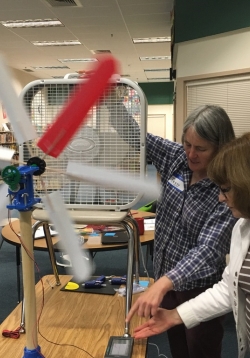Part 2 - Lesson 2: Wind Energy
Students will learn about wind and how wind varies across geographies. Students will use Vernier Wind Turbine kits or homemade wind turbines to experiment with blade angles and wind speed. During experimentation, students will collect data as blade angles...



